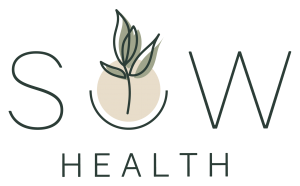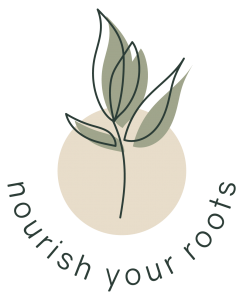June 7, 2012
With the warm weather upon us (for the most part!), people are coming out of hibernation, venturing outside and getting active. While I’m all for acquiring your daily dose of Vitamin D from the sun’s rays, it’s important to remember to properly protect your body’s largest organ – your skin – when outside for long periods of time.
Since skin cancer is the most commonly diagnosed form of cancer, I wanted to take this opportunity to talk about some sun protection facts. Not all sunscreens are created equal. So, just as we read labels when we shop for groceries, we also need to read labels when we shop for sunscreens.
What to look for when choosing a safe and effective sunscreen:
· Broad-spectrum protection – your sunscreen needs to protect you from both UV-A and UV-B rays, as both are harmful to your skin. Sunscreens that cover both are usually labeled as broad-spectrum.
· SPF 30-50– SPF stands for sun protection factor, which is the measurement system used by laboratories to determine the effectiveness of a sunscreen. The higher the SPF number, the more protection it offers against the sun’s UV-B rays. You should use a minimum of SPF 30 to ensure your skin is well protected, but not go higher than SPF 50+ as there is a lack of evidence to support that these high levels provide greater protection.
· Look for active ingredients of zinc, titanium, avobenzone or Mexoryl SX – these ingredients offer safe and effective protection without being absorbed by your skin.
· Avoid Oxybenzone, Vitamin A and added insect repellent – these ingredients absorb into the skin and can be harmful to your health. If you require protection from insects as well, apply the repellent at least 15 minutes after you’ve applied your sunscreen to cut down on pesticides absorbed.
· Choose a lotion or cream – a thick, even layer of lotion or cream provides the best protection from the sun. Sprays and powders become airborne and may be harmful when breathed in.
Sun Protection Tips:
1. Plan your day around the sun! By limiting exposure to the sun between the hours of 10 and 4, you avoid peak radiation times.
2. Not a fan of wearing sunscreens? Wear a fabric shield instead! Long, light-weight pants and long-sleeved shirts protect your skin from harmful UV rays. Don’t forget your hat and sunglasses, too. Your eyes are equally susceptible to harmful UV rays.
3. Watch how long you’re exposed to the sun – even when wearing sunscreen! Give your body a break by finding shade. Remember, wearing sunscreen will not prevent you from over-heating or getting sunstroke, so take some time to cool off throughout the day and drink plenty of water.
4. Apply and re-apply! Sunscreens break down when exposed to the sun, water and sweat; so be sure to reapply frequently. A thick, even layer is what you need. Don’t forget about some often neglected spots – your neck, your ears, your lips, the backs of your hands and tops of your feet. Clothing often doesn’t cover these parts and they’re left exposed.
5. Don’t be fooled by cloud cover! It is equally important to apply sunscreen on cloudy and overcast days as you are still exposed to UV rays – just because you don’t “feel the burn”, doesn’t mean your skin isn’t being damaged.
6. Don’t be shy about talking to your healthcare provider about skin abnormalities and moles. We will keep an eye on them for you and suggest extra testing if something looks suspicious!
Now that you’re armed with some sun protection facts, get outside and enjoy the sunshine responsibly! But before you head to your local store to buy sunscreen, check out the Environmental Working Group’s recommendations for safe and effective sunscreens at www.ewg.org/2012sunscreen. You can even search by brand! It’s also a great resource for all your questions about ingredients in any of your cosmetic products.
Yours in health,
Sarah Oulahen, HBHSc, ND
Naturopathic Doctor at SOW Health
















